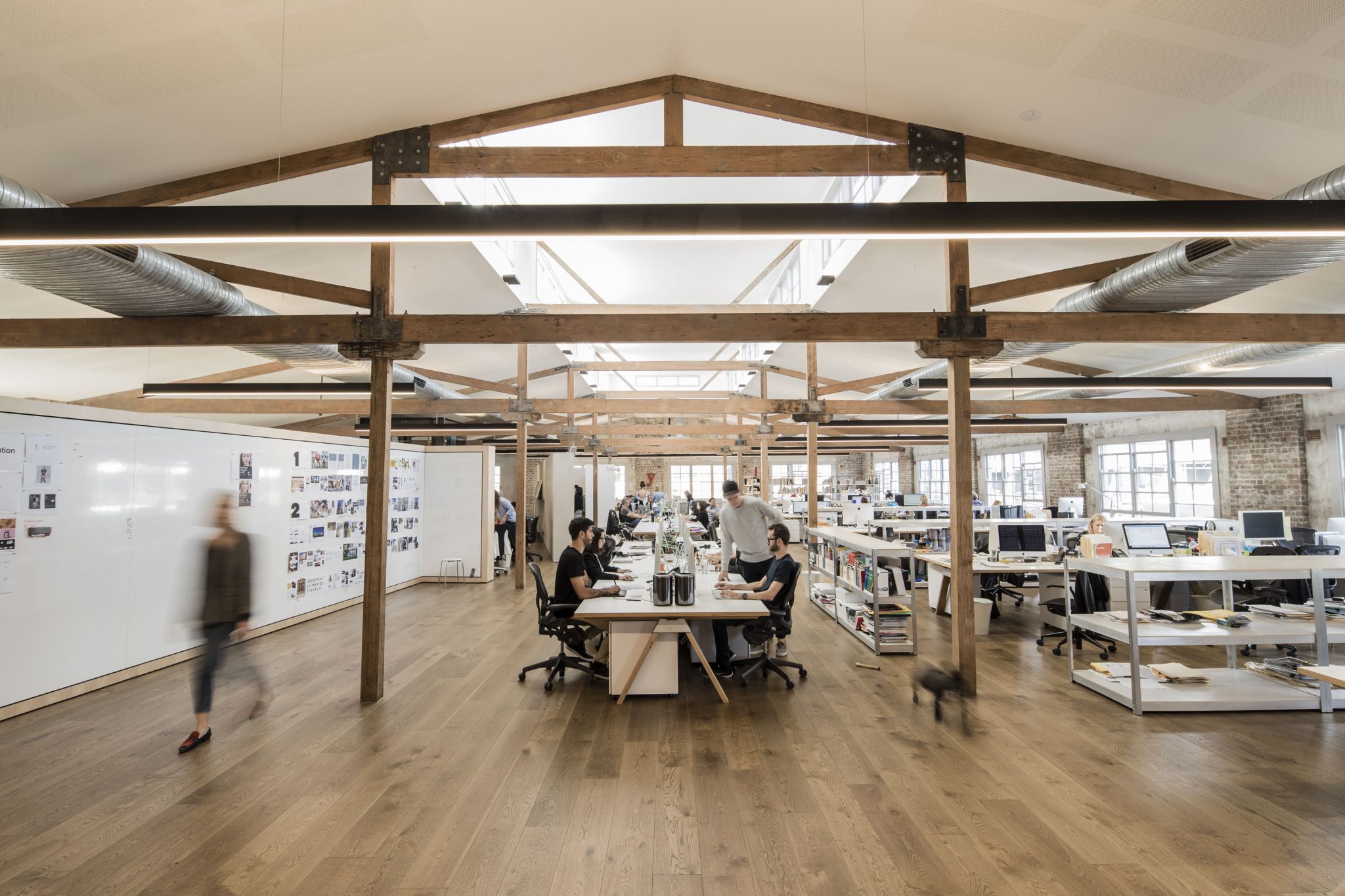
Why Adele Bates wants to do everything
Share
Starting her own business in 2012, Adele Bates has established her practice relatively quickly. Refusing to be pigeonholed to any particular aesthetic, she shows a consistency of materiality evident in her projects – from the plush layers of Stokes Street to the stark stone expanses of Q le Baker.
“How the light makes you feel in a space is a key touch point. I like the fact that we create a sensitive design that is timeless in nature and never a transient selection. Natural materials, such as stone, for example, are hand selected and it’s important for us to understand the variation in material and what that will bring to the project,” says Bates, who completed a diploma of arts in interior design at Holmesglen Institute of TAFE, subsequently adding studies at RMIT in project management, Revit and AutoCAD.
The evolution of Adele Bates over the last six years has been a combination of exponential leaps driven by large projects and the organic evolution of a business model that brings like-minded people together. Bates is very clear about this. She started the practice to surround herself with people she wanted to work with, who were similarly interested in working on a diverse range of interiors and products, and who also looked at design from a non-blinkered perspective.
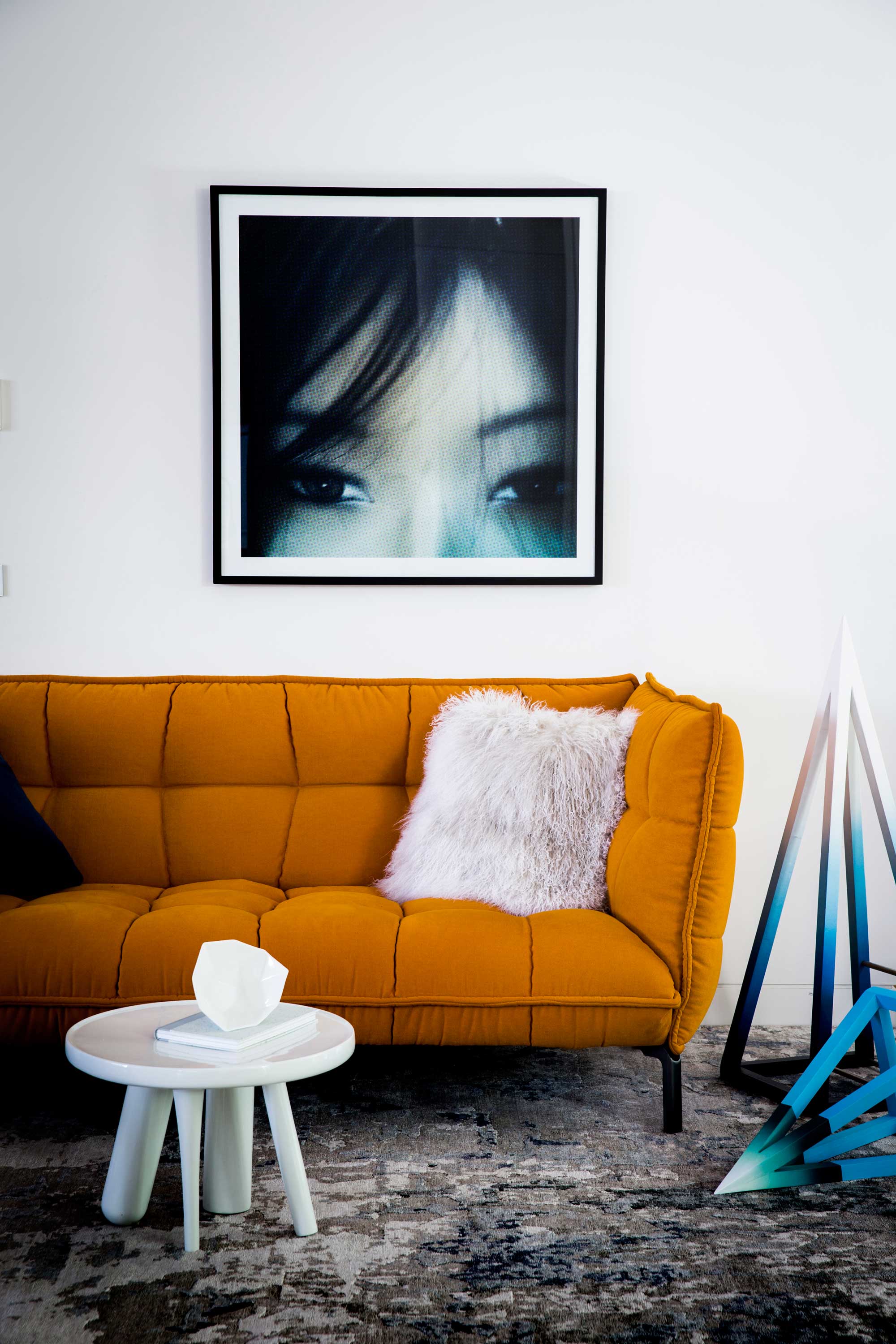
Toorak house
As she explains, “Being open to a wide range of opportunities that come my way, not being bound to projects in any particular sectors.” With the recent shift to her new workspace, there are also plans to create an installation and workshop environment.
Born in the era of social media, the practice has been an early adopter and made its presence known. As an aside, the practice’s very first Instagram post was of the beautiful NGV Atrium during IDEA 2013. For Bates, these avenues have been a useful tool; however, it is mostly through word of mouth that clients have approached her. “The shaping of the business has really been based on the shaping of relationships with our clients and the industry, ever evolving with each project,” she says.
Bates is also proactive and seeks out people and companies that share her vision and ethos with a view to collaboration. To some extent this is ahead of the trend, as, though many promulgate collaboration, most only work in this way at a client’s request.
Projects too have put Adele Bates on the map but, more importantly, they have played key roles in defining the practice’s abilities, strengths and where and how it becomes appropriate to push boundaries.
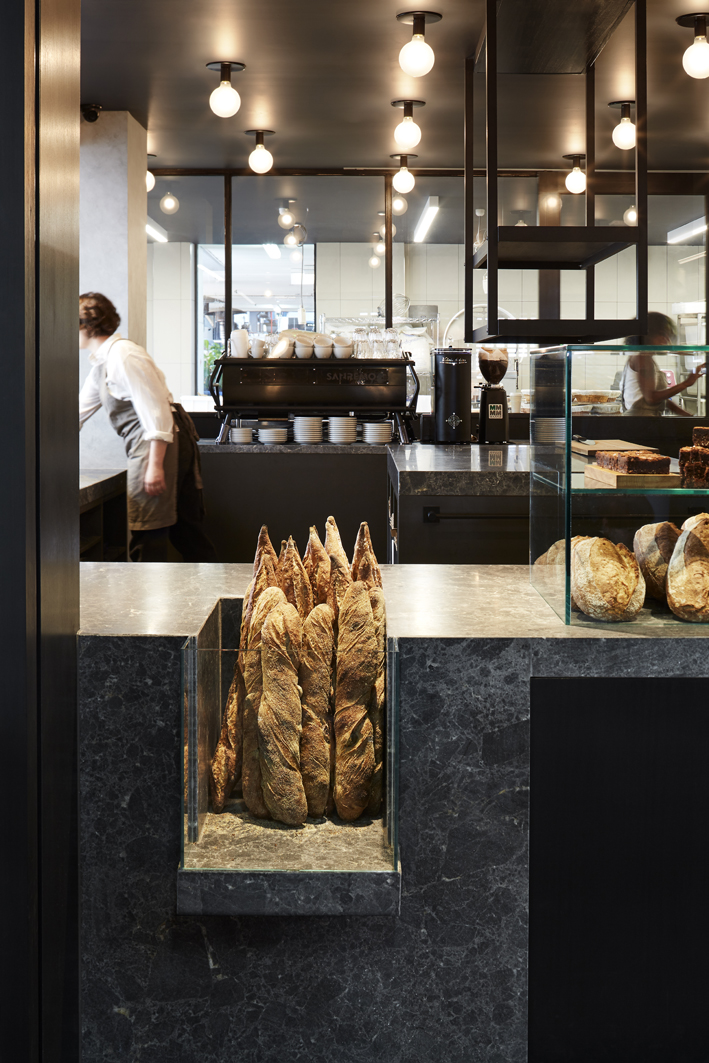
Q Le Baker, Prahran Market
Stokes Street for Bates was a full immersion into design, working from inception with the developer through construction, interior design and all the finishing touches of styling. “We often work with art, but objects are viewed as artworks as well, so furniture or the formation of lighting may become a sculptural element within that space. We use light pieces in unpredicted ways that may be obscure, but create
an art installation. We like to blur the lines of what art is in a project,” says Bates. Holistically realised, the project reads as a single aesthetic of subtle and shifting moods. Q le Baker gave Bates the opportunity to flex her commercial muscles and marry feasibility and pragmatic needs, while building a unique identity that answered the client’s specific vision.
The Chadstone showroom for Sub-Zero & Wolf gave Bates the opportunity to work on a design that would become an integral part in creating a brand identity in Australia, while driving her team to see beyond traditional design solutions.
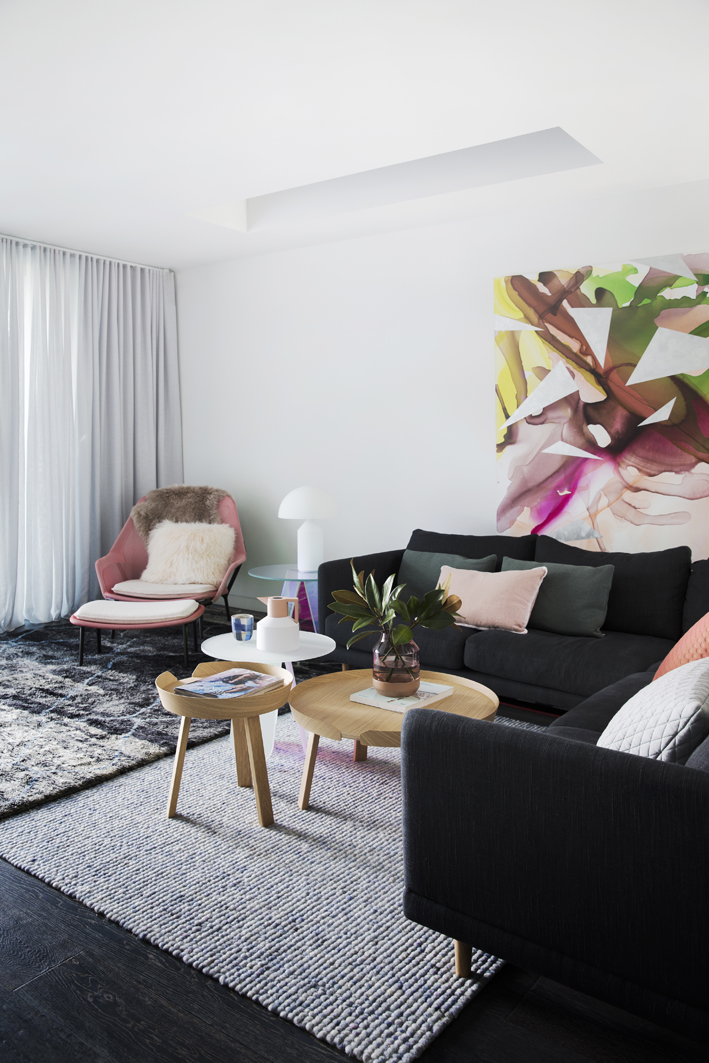
Stokes Street
While Bates has always designed bespoke furniture for her projects, she is now looking to manufacture more broadly. “We don’t shy from speaking to the right people and getting support behind us to push materiality, or what we can do to arrive at specific formations,” says Bates, who reiterates the importance of this type of collaboration as a primary driver for starting her own practice. That said, there will always be room for the classics.
“I think there is always going to be a place for the iconic, and I don’t shy away from that. I think it’s about what is right for the project. I don’t think it’s necessary to produce more of the same, but it’s about pairing and scale and never a formula. If we find the right piece that is available in the right finish or upholstery, that is fantastic,” she says.
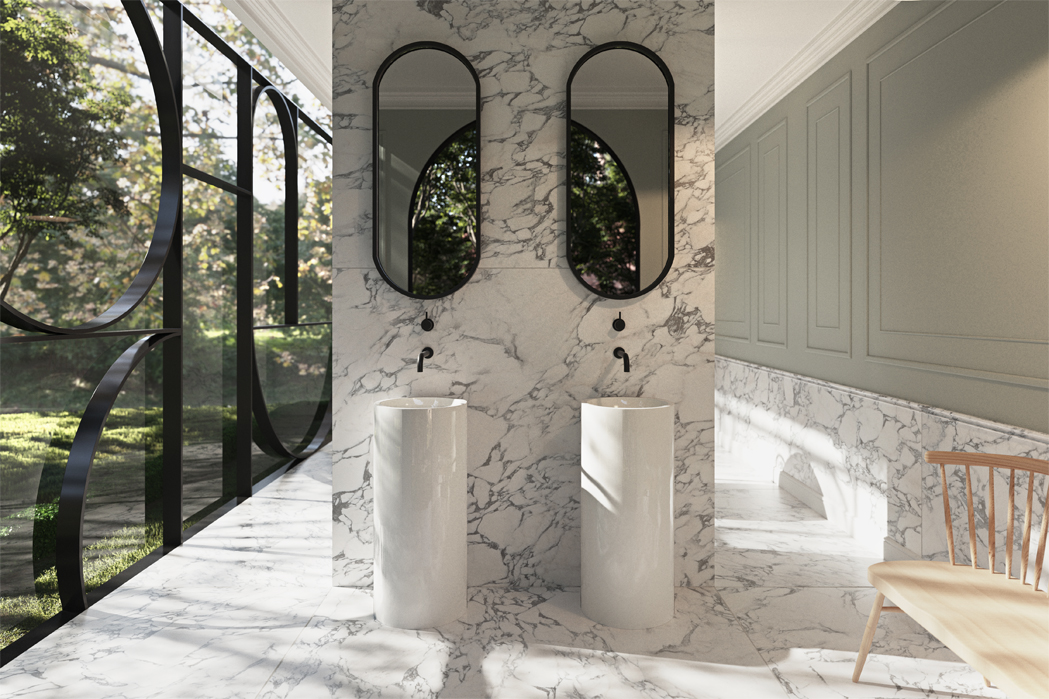
Reece bathroom
Underlying Bates’ success is the very simple statement “we like to do everything”. Importantly, this does not mean, ‘we like to do everything ourselves’. Rather, collaboration and expansion are foundational with expertise brought in with a sense of joyful discovery.
And it is this aspect that shows in work that has a deep authenticity of materiality, aesthetic and detailed response.
Photography by Chris Warnes and Christine Francis
You Might also Like
